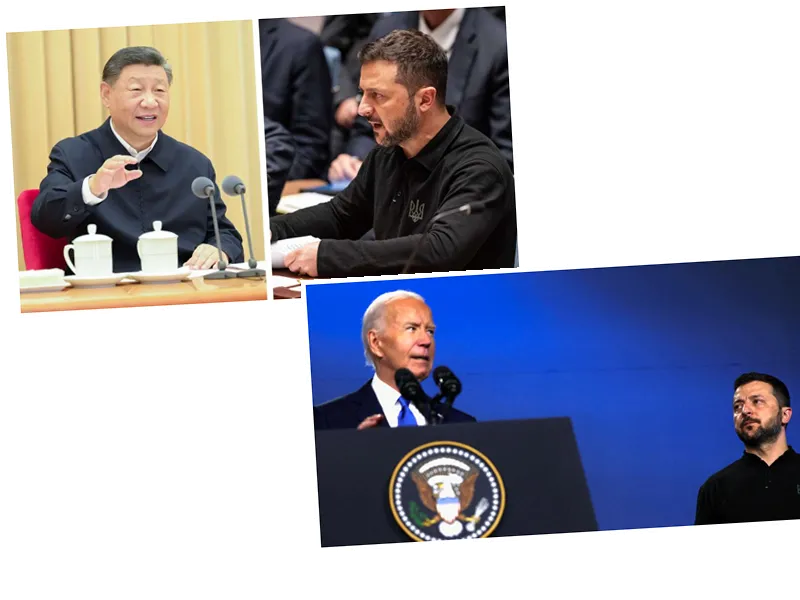Ukraine Peace Summit: Uniting Efforts for Lasting Peace
In a historic gathering in Switzerland, over 90 countries have come together to address one of the most challenging conflicts of our time. The Ukraine Peace Summit aims to merge Ukrainian President Volodymyr Zelensky's 10-point peace plan with key UN resolutions, seeking to end the ongoing war that has ravaged Ukraine for 27 months.
Key Focus Areas of the Summit
The summit, held at the Bürgenstock resort, is placing a significant emphasis on three critical issues: food security, nuclear safety, and the humanitarian crisis involving children displaced from Ukraine. Discussions are geared towards identifying effective strategies to ensure food supplies remain uninterrupted, securing the threatened Zaporizhia nuclear power plant, and facilitating the safe return of children taken to Russia.
Further, Ukrainian Foreign Minister Dmytro Kuleba confirmed that Kiev's positions were incorporated into the summit’s final resolution. The summit is anticipated to be a milestone, bringing much-needed global attention and support to Ukrainian endeavors to end the conflict on their terms.
Stances and Reactions: Ukraine vs Russia
While Ukrainian officials remain hopeful, tension looms over the conditions set by Russian President Vladimir Putin. Putin has demanded Ukraine's concession of four regions and a withdrawal from NATO pursuits as preconditions for ceasefire talks. This proposition has been met with strong rejection from Ukraine, with Zelensky comparing Putin's demands to Adolf Hitler’s aggressive territorial ambitions during World War II.
The U.S., represented by Vice President Kamala Harris, has also criticized Putin's proposal, labeling it as an ultimatum rather than a genuine peace initiative. Similarly, Ukrainian officials have dismissed the offer, citing it as impractical and reflective of Russia's intention to dictate terms rather than negotiate peace.
Global Engagement and Future Prospects
The summit has seen participation from notable global figures including Federal Chancellor Olaf Scholz from Germany and Saudi Foreign Minister Faisal bin Farhan Al Saud. However, the absence of key players such as China has raised questions about the comprehensive global response required to address the conflict.
As the summit progresses, all eyes are on the draft of the final statement, expected to be a balanced document encapsulating diverse international perspectives and Ukraine’s core principles. Despite the ongoing military engagements and geopolitical tensions, the peace summit in Switzerland represents a beacon of hope for a resolution to the largest conflict in Europe since WWII.
- In a recent move, Russian forces have captured the village of Zagirny in the Zaporozhye region, a reflection of the continued military efforts despite the ongoing peace negotiations. The Russian Defense Ministry confirmed the control over Zagirny along with three other villages in southeastern Ukraine.
- Germany’s hesitation to finalize the 14th EU sanctions package against Russia indicates the complex economic and political considerations influencing Europe’s stance on the conflict. These sanctions were initially expected to be agreed upon before the summit but were delayed due to concerns over their impact on industries connected to subsidiaries in third countries.
- The summit's discourse also includes strong criticism from international observers regarding Putin's demands. Defense Secretary Lloyd Austin asserted that Putin has no standing to impose conditions on Ukraine, reinforcing the broad international support for Ukraine's sovereignty and territorial integrity.






